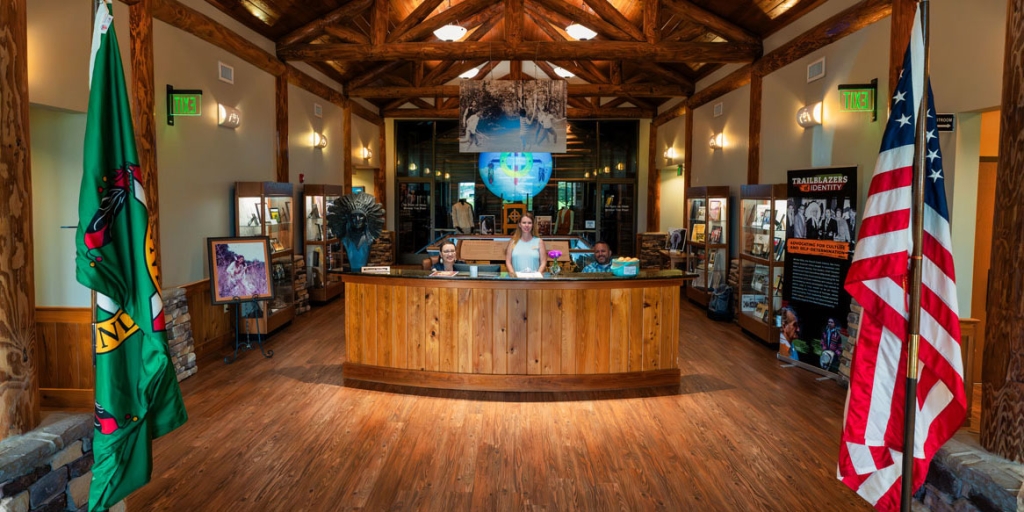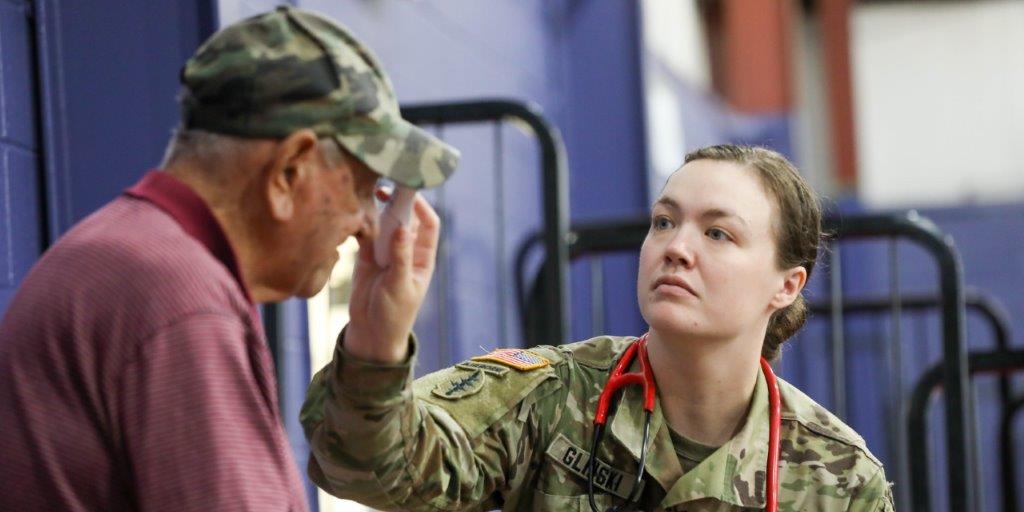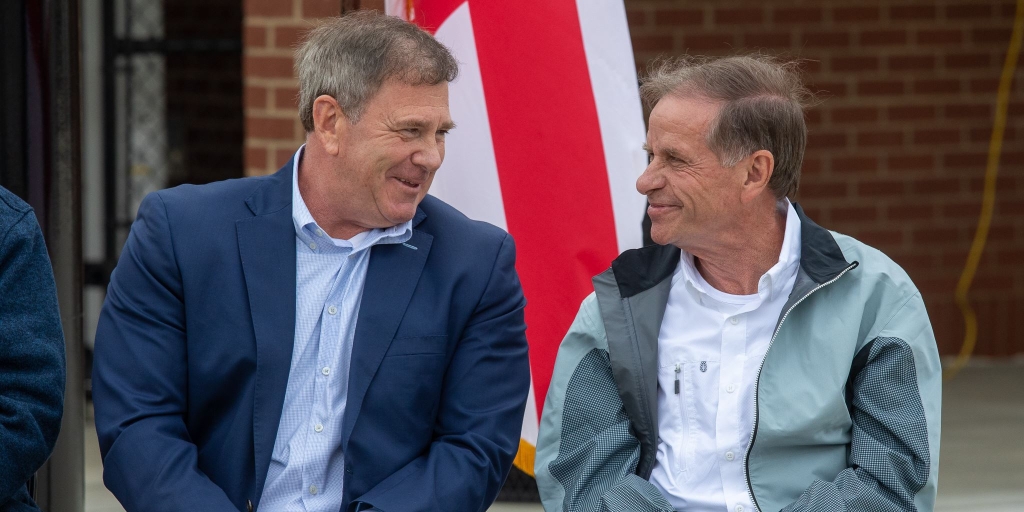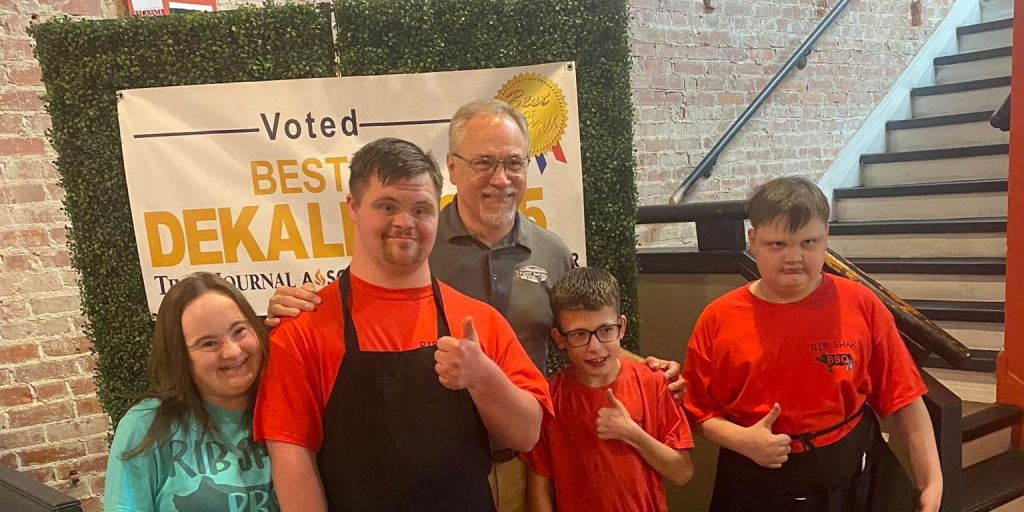Federal and state agencies continue to restore the Gulf of Mexico after the largest oil spill in U.S. history 11 years ago. More than $2.4 billion in settlement funds were committed to habitat and resource restoration through 2020 and settlement payments will continue through 2031.
The National Oceanic and Atmospheric Administration (NOAA) and the Deepwater Horizon federal and state trustee agencies recently released their 2021 Programmatic Review. It is the first collective review of multiple years of work across the Natural Resource Damage Assessment restoration program, said NOAA Program Manager Rachel Sweeney.
The multiagency effort is restoring habitats, fish and wildlife impacted by the 2010 oil spill. The comprehensive program review includes analyses of restoration data collected through 2020. The trustees have received nearly $3 billion in settlement funding. They committed about $2.4 billion to planning and implementing more than 200 projects and activities.
The review evaluated data on funding and projects focused on resources in the seven Gulf restoration areas. It covers administrative and management efforts helping achieve restoration goals collaboratively, in an efficient and effective manner, with transparency and public accountability, Sweeney said.
The largest funding commitments by the Deepwater Horizon restoration program through 2020 were for:
- Wetlands, coastal and nearshore habitats ($1.3 billion).
- Enhancing recreational opportunities ($389 million).
Those were two of the 13 resource types most affected by the oil spill. Other key highlights across the Gulf through 2020 include:
- 3,870 acres of oyster habitat enhanced or restored.
- 2,350 acres of marsh, beach and dune habitats created, restored or enhanced.
- 3,080 acres of habitat protected and 2,120 acres restored for bird breeding and foraging.
- 12 sea turtle restoration projects underway.
- 74 recreation projects completed or underway.
- 25 water quality projects completed or underway.
On Dec. 6, the Alabama Trustee Implementation Group released a draft supplemental restoration plan for property along two tributaries of the Fish River, slightly upstream from the Weeks Bay watershed. The plan is open for public comment through Jan. 6, 2022.
Although more has been accomplished in Alabama and across the Gulf, Sweeney pointed out key examples of projects and activities NOAA has played a role in that are included in the programmatic review.
Wetland, coastal and nearshore habitats
The program has created, restored or enhanced approximately 2,350 acres of marsh, beach and dune habitats. NOAA has led barrier island and marsh creation, living shorelines and other projects to restore habitat and increase food and shelter needed for fish and invertebrates to grow and survive, Sweeney said.
Scientific studies show that restored salt marsh habitat throughout the northern Gulf of Mexico can support substantially more fish and invertebrates than salt marsh without healthy vegetation. The programmatic review highlights that in restored Gulf salt marshes, that fish and invertebrate populations can increase:
- Two to 15 times more for blue crab.
- Two to 20 times more for white shrimp.
- Two to 10 times more for spotted sea trout.
- Four to nine times more for brown shrimp.
Marine mammals
NOAA and state trustee partners laid groundwork for understanding and assessing Gulf of Mexico dolphins and whales, Sweeney said. NOAA partnered with state trustees in Alabama to conduct dolphin photo-ID surveys and collect tissue samples, which will provide important population and health information. NOAA conducted similar surveys in Barataria Bay, Louisiana, to better understand the dolphin population that was heavily impacted by the oil spill.
“NOAA has partnered with state trustees and organizations in Florida, Alabama and Louisiana in supporting expanded capacity to respond to stranded animals,” said Sweeney. “These partners are also providing key insights into the causes of illness and death. There are a total of eight marine mammal restoration projects in three restoration areas. NOAA is leading all of them in partnership with other trustee agencies.”
NOAA is using restoration funds to develop the cetacean data aggregation and synthesis platform. It will help managers and restoration planners design and evaluate projects more effectively and efficiently. NOAA is also developing a mathematical model to evaluate the magnitude of stressors and threats to inform restoration strategies, aimed at reducing them. Taken together, these investments in understanding dolphin and whale populations and their many stressors and drivers will result in more effective restoration, monitoring and measurement efforts, Sweeney said.
Fish and water-column invertebrates
The NOAA-led Oceanic Fish Restoration Project is restoring a portion of injuries to oceanic, highly migratory fish by reducing fish mortality in the Gulf pelagic longline fishery, Sweeney said. NOAA and the National Fish and Wildlife Foundation are partnering with fishermen on this short-term project that includes an annual voluntary six-month break from pelagic longline fishing. Participants have options to use and learn about alternative gears that significantly reduce bycatch while still catching target fish species.
Data collected from the project indicates that these commercial fishing partnerships have conserved about 23,000 oceanic fish, allowing them to grow and reproduce.
There are five fish and water-column invertebrate projects underway. NOAA is leading all of them. Four were approved in the 2019 Open Ocean restoration plan. Like the Oceanic Fish Restoration Project, these projects involve working with fishing communities to restore recreationally and commercially important fish species.
Mesophotic and deep benthic communities
NOAA is leading an integrated portfolio of mesophotic and deep benthic community projects, Sweeney said. “Mesophotic” refers to the zone where some sunlight reaches the habitat, whereas the “deep benthic” environments are devoid of sunlight. The projects will address critical gaps in the understanding of those habitats. They’ll support management and protection, remove threats and develop restoration techniques.
The projects include documenting and improving the understanding of where those communities exist, and data collection and scientific studies to better understand their biology and ecology. Scientists also are learning how corals in the communities reproduce. They are developing ways to grow and plant corals to directly restore sites in the Gulf of Mexico. Information will be shared with managers and the public to improve understanding of the communities and inform restoration, management and protection efforts.
Sea turtles
NOAA is leading and enhancing three existing programs through the Sea Turtle Early Restoration Project, Sweeney said. The project is supporting coordination of the Sea Turtle Stranding and Salvage Network in the Gulf states. It is expanding capacity for stranding and emergency response, mortality investigations and data management to better monitor and understand ongoing threats to sea turtles.
The project has increased the number of NOAA gear-monitoring teams. The teams work with the Gulf of Mexico shrimp fishery, offering courtesy outreach and gear inspections to reduce sea turtle bycatch. The new teams have conducted more than 500 courtesy inspections of turtle excluder devices, which are added to fishing nets to help sea turtles escape. These inspections ensure the devices are properly installed and help maintain compliance rates with existing regulations.
The project is increasing observer coverage in the Gulf of Mexico shrimp trawl fishery, which helps researchers better understand where and when sea turtle bycatch is occurring. These efforts are helping NOAA and partners restore sea turtles by improving the understanding of in-water threats and working to reduce sea turtle bycatch.
Sturgeon
NOAA is partnering with the Department of Interior and regional researchers to conduct activities that will address data gaps related to habitat use and preferences, and patterns of recruitment, growth and survival of Gulf sturgeon.
“We are leading efforts to review and compile existing Gulf sturgeon stock data assessment to provide baseline information on population sizes and trends,” Sweeney said. “We are also improving tools and practices that will allow more consistent data to be collected in the future. These efforts will help us prioritize restoration activities and evaluate the success of future restoration efforts.”
(Courtesy of Alabama NewsCenter)













